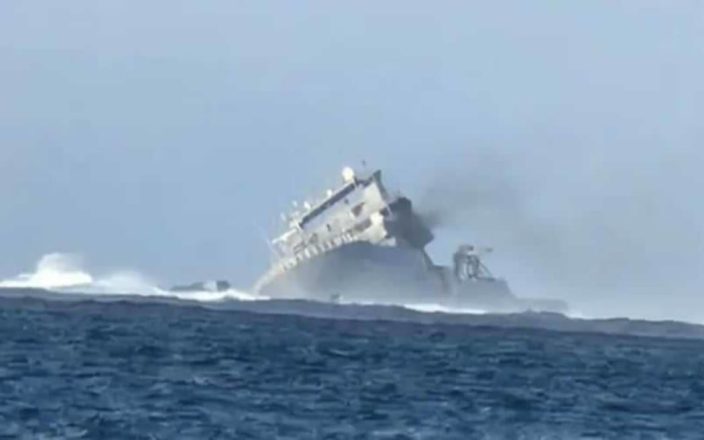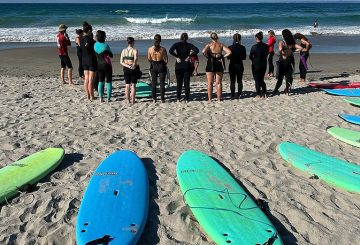周六,HMNZS Manawanui号在搁浅、着火和倾覆后在乌波卢岛南海岸沉没。一些船员已返回新西兰,而来自新西兰国防军和新西兰海事局的小组已开始评估情况并计划救助行动。
在乌波卢经营一家冲浪探险公司的布伦特·罗斯报告说,在沉船附近看到了碎片和燃油。他对当地渔民和海洋环境表示担忧,因为许多当地人依靠捕鱼谋生。
专家说,目前尚不清楚沉没将造成多大的损失。因素包括海底类型、水深、天气条件和船上的化学物质。参与瑞纳清理工作的海岸科学教授克里斯·巴特希尔指出,各机构更快地采取行动有助于最大限度地减少伤害。
国防军证实,该船载有标准的船用化学品和汽车汽油(一种轻质柴油燃料)。巴特希尔教授提到,较轻的油可以迅速蒸发,随着时间的推移有可能降低毒性。但是,如果石油冲上岸,可能会立即造成污染。
虽然 Manawanui 有第三方打捞和清理保险,但由于成本高昂,它不包括更换保险。国防部长办公室表示,该船的保险支出没有变化。
工党发言人皮尼·赫纳雷呼吁将来为国防舰提供更好的保险,因为海军舰艇经常面临作战挑战。
本月晚些时候,来自英联邦国家的领导人将在萨摩亚举行CHOGM峰会。这种情况可能会影响国际上对新西兰的看法,Henare强调需要采取强有力的对策来确保良好的声誉。





























































